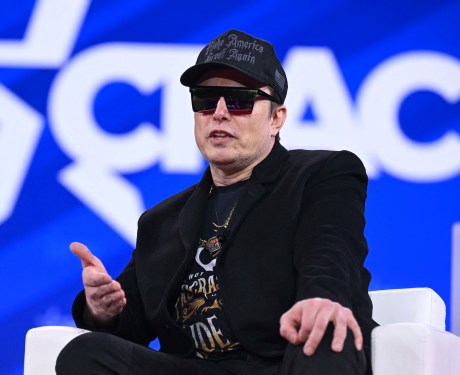Tesla has published its fourth Master Plan. At a high level, the document outlines the company’s ambition to lead the global adoption of humanoid robots and sustainable energy. However, the post lacks a critical building block of any plan: specifics.
Even CEO Elon Musk agrees with this criticism. In a rare post about the new plan, he acknowledged it was fair to critique its lack of detail and stated the company would add more information later. It remains unclear when that will happen. For now, unlike its predecessors, this Master Plan is gauzy and generic. It reads as if someone compiled talking points from Musk and the “Abundance bros” into an AI chatbot and published the result.
The post is filled with sentences that sound like a child imitating college-level discourse. One example is: “The hallmark of meritocracy is creating opportunities that enable each person to use their skills to accomplish whatever they imagine.”
This vagueness may stem from the fact that Tesla has still not completed all the goals from its second Master Plan, published in 2016, or its third, from 2023. That second plan was also about ambitious swings, but it was specific. First, Musk wrote that Tesla would create a smoothly integrated solar-roof-with-battery product and scale it worldwide. While Tesla does have a solar roof product, it has been plagued by problems, redesigned multiple times, and has not reached any real scale in the U.S., let alone globally.
On the vehicle side, Musk promised in the second plan to bring a compact SUV, semi truck, pickup, and an electric bus to market. Tesla accomplished the first part with the extremely popular Model Y. However, the Tesla Semi is still in development, the Cybertruck has failed to meet its own sales goals, and the company has not expanded into anything resembling a bus.
The final two parts of the second Master Plan were to make Teslas fully autonomous via a software update and to allow owners to add their cars to a large, shared network. Neither goal has been met. The company is testing a small, invite-only robotaxi service in Austin, Texas, but the cars all have safety monitors in the front passenger seat. Furthermore, Tesla has gone through multiple hardware revisions over the last nine years. By Musk’s own admission, this likely means a vast number of cars already on the road do not have the right technology to become fully autonomous as once promised.
Master Plan 3 was about using Tesla as an example to convince the world a sustainable economy is achievable. That plan went deep on specifics, backed by a 41-page white paper. The company and the world have, by definition, not accomplished much of what was included in that document. In the meantime, Musk spent a significant sum to help elect a president who is actively fighting the adoption of cleaner, cheaper, sustainable energy.
Musk has spent the last few years trying to redefine Tesla. He repeatedly says it is not a carmaker but an AI and robotics company. There is some truth to that, though the overwhelming majority of the company’s revenue still comes from the increasingly difficult business of making and selling electric vehicles.
The belief that Tesla will complete this transition is a huge driver of its stock price, so it is beneficial for the company to lean into the idea. It is no surprise then that Master Plan 4 is wide-eyed. But Tesla used to back up its ambitions with measurable goals and benchmarks. Musk used to argue the case himself; he wrote the first two plans and spent hours on stage with executives diving into the details of the third.
This time, Tesla’s Master Plan was published on a federal holiday. Its CEO spent that day spreading fear about marginalized people.

